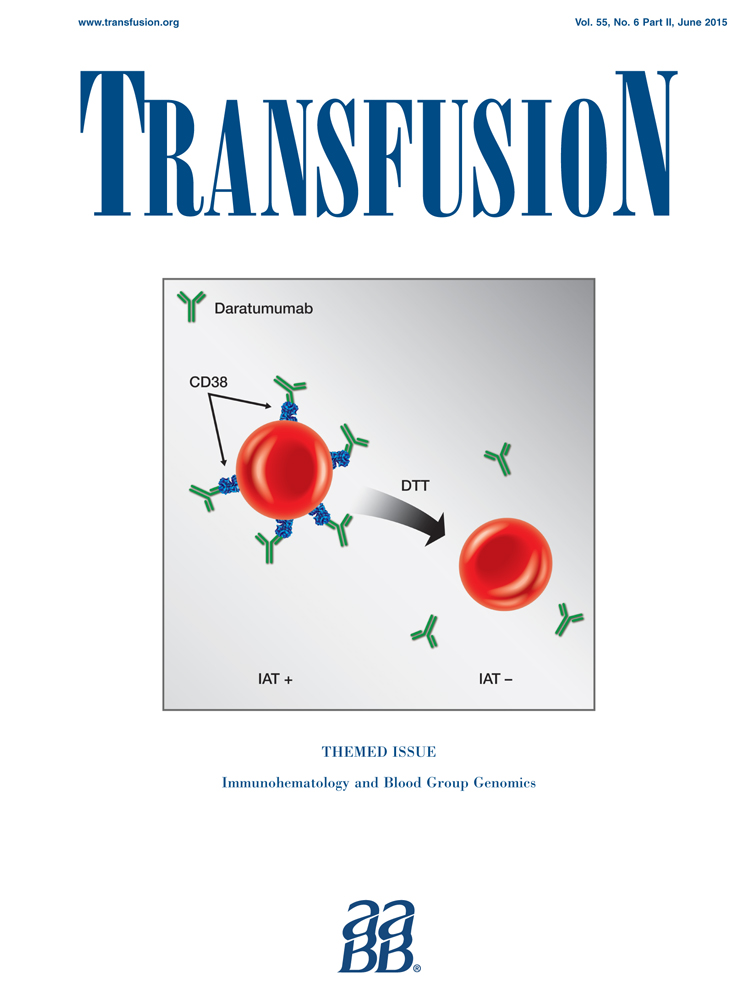Hyperhemolysis syndrome in patients with sickle cell anemia: report of three cases
Abstract
BACKGROUND
Sickle cell anemia (SCA) is characterized by chronic hemolytic anemia. Worsening of anemia after red blood cell (RBC) transfusion has been reported and is often referred to as hyperhemolysis syndrome (HS). HS is a severe transfusion reaction characterized by destruction of both donor and host RBCs.
CASE REPORTS
In this study we report the clinical findings and treatment of three adolescent patients with SCA who presented with HS. HS occurred after exchange transfusion in two cases and after RBC transfusion during vasoocclusive crises in one. A decrease of serum hemoglobin (Hb) levels was observed 5 to 7 days after transfusions and ranged from 2.5 to 5.7 g/dL. The direct antiglobulin test was positive in two patients who also presented with alloantibodies. Patient 3 received 2 additional RBC units after the onset of HS and experienced the lowest Hb values (2.5 g/dL) shortly after. Patients received intravenous steroids as the main specific treatment and also immunoglobulin and erythropoietin. Resolution of hemolysis was observed in all cases. Of note, spleen lesions were detected in two patients, one had a normal spleen size, and the other presented with enlarged spleen. Pathophysiologic implications of these findings were discussed.
CONCLUSIONS
HS must be a well-recognized complication of SCA after RBC transfusion. Prompt initiation of treatment and avoiding further transfusions may contribute to reduce the mortality associated with HS. The presence of functional spleen on the pathophysiology of HS deserves further evaluation.




